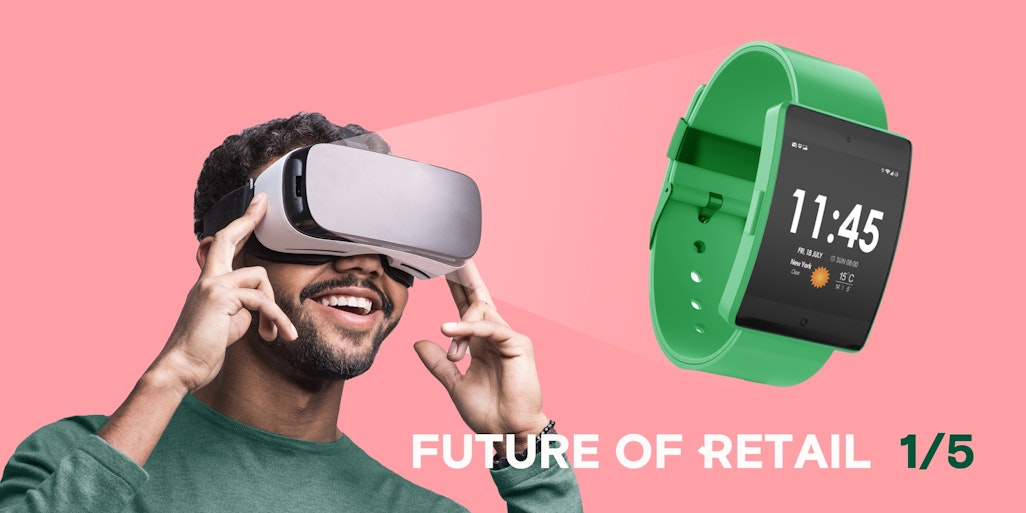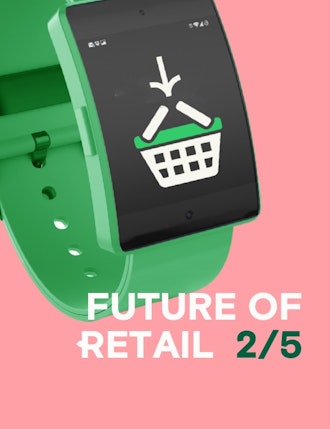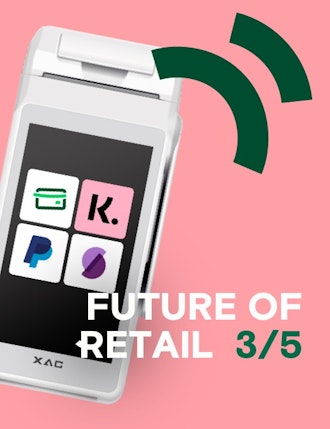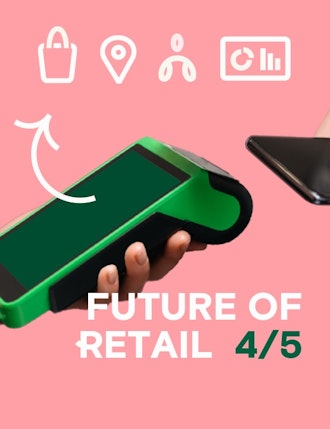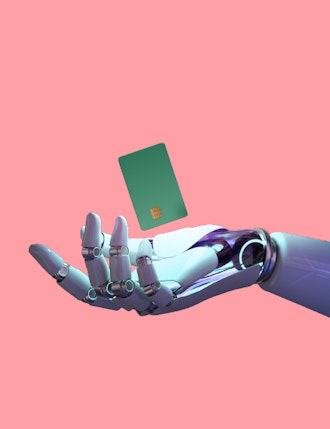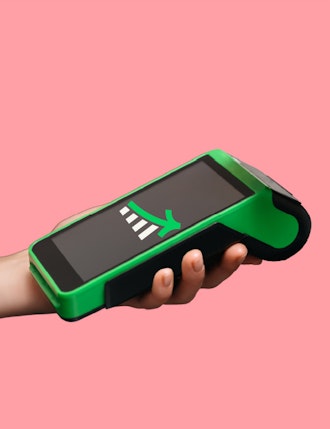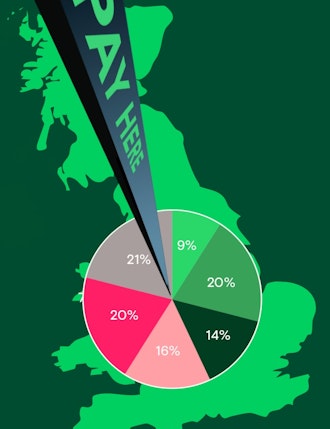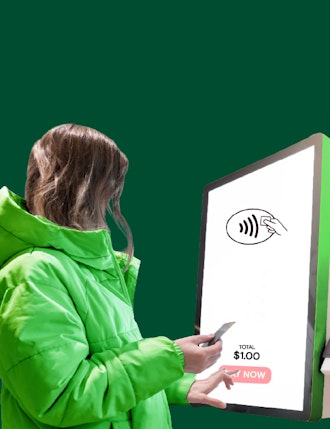Technology is already changing the retail landscape significantly, especially in in-person retail. Within the next five to ten years, physical stores will no longer be designed primarily to sell products as consumers will increasingly focus on the shopping experience as much as buying. For retailers, this means creating seamless, effortless and high-quality in-store customer experiences that are more personalised, immersive and pervasive than ever before.
This is the first in a series of blog posts looking at the different aspects of the future of retail. We will use this series to explore where we think the retail industry will be in the next 5 to 10 years in terms of in-person commerce. Topics you can look forward to in this series include the growth of omnichannel retail, the rise of payment systems, increased use of data and future changes in store design.
Creating immersive shopping experiences with Virtual and Augmented Reality (VR/AR)
Over the next five years, VR and AR technology will become essential within in-person retail to create immersive shopping experiences.
- Virtual try-on: Customers will use VR and AR to virtually try on items to see how the products look on them before making a purchase.
- Product demonstrations: Customers will experience immersive product demonstrations, allowing them to see and interact with products in a realistic environment
- In-store navigation: Interactive maps and directories that help customers navigate the store and find the products they are looking for
- Personalisation: Personalised shopping experiences for customers, such as virtual store tours, product recommendations, and customised promotions
Artificial Intelligence (AI) will deliver hyper-personalisation
AI will become increasingly commonplace in retail to personalise the customer shopping experience.
- Personalisation: Tailored product recommendations, targeted marketing, and customised promotions
- Chatbots and virtual assistants: Providing customers with real-time assistance and answering their questions
- Predictive analytics: Predict future customer behaviour and trends, which can help retailers make better decisions about product development, marketing, and promotions
- Real-time monitoring: Monitor customer behaviour in real-time to identify and address issues as they arise
Discover more on our blog post on “Artificial Intelligence in Financial Services”
Robotics will automate tasks and improve efficiency
Robotics will continue to play a big role in automating tasks and providing personalised experiences, such as:
- Self-checkout: Self-service checkouts improve the efficiency of in-person payments and reduce wait times
- Delivery: Drones, robots, and autonomous vehicles will enable customers to receive their products quickly and efficiently
- Customer service: Robotic assistants will help customers with queries, recommendations, and navigation in the store
- Safety and security: Providing in-store security and surveillance, including tracking lost or stolen items
Internet of Things (IoT) will ensure availability of popular items
IoT-enabled devices will be used more extensively to help retailers better manage their businesses, and improve operations and the customer journey, for example:
- Inventory management: IoT-enabled sensors will track inventory levels in real-time, reducing the risk of running out and overstocking
- Smart shelves: IoT-enabled smart shelves will track product movement and give customers real-time information about product availability, pricing, and promotions
- Personalisation: Beacons, RFID tags, and cameras will track customer behaviour, provide personalised recommendations and offers and interactive maps to help customers navigate around the shop
- Smart fitting rooms: RFID tags create smart fitting rooms which provide customers with personalised recommendations and offer suggestions based on their preferences and previous purchase history
Enhanced payment technology will create more convenient, fast and secure face-to-face payments
In the future, in-person commerce will be more convenient, secure and fast:
- Biometrics: Biometric authentication such as fingerprints, facial recognition or voice recognition will be used to confirm the customer’s identity for more secure payments (check on “What are biometric payments”)
- Blockchain: Blockchain technology will become more widely adopted to securely process and record transactions and reduce the risk of fraud
- Digital currencies: Retailers will begin accepting digital currencies such as Bitcoin, Ethereum, and others as a form of payment with physical stores
- Cashierless checkouts: Automatic checkouts will become more widely adopted within the next five years to improve efficiency and the in-person commerce experience
Digital Signage will enhance the in-store retail experience
As technology advances, retailers will adopt digital signage to enhance their in-store experiences by providing digital advertising, interactive displays, and personalised content.
- Interactive displays: Interactive content such as product demos and quizzes that can help them learn more about the products
- Personalisation: Use data collected from customers’ interactions and browsing history to create personalised content and offers
- Real-time updates: Real-time information such as inventory levels, wait times, and special deals
- Wayfinding: Interactive maps and directories to help customers navigate the store and find the products they are looking for
Visual and voice search will deliver a more convenient retail experience
Visual and voice search will make the customer retail experience more convenient and personalised for customers while also helping retailers to better understand and serve their customers’ needs.
- Convenience: Customers will be able to use visual and voice search to quickly and easily find products
- Personalisation: Customers will receive personalised product recommendations based on their browsing and purchase history
- In-store navigation: Customers will utilise interactive maps and directories to navigate their way around the shop and find the products they are looking for
- Voice-controlled shopping: Customers will be able to use voice commands to make purchases and check prices
- Accessibility: Customers with disabilities will be able to navigate the store and find the products they want
- Multilingual support: Providing customers with information translated into their preferred language
Over the next 5 to 10 years, retailers will increasingly harness the latest technology to create immersive and memorable in-person customer experiences that increase brand awareness and ultimately drive sales.
Be sure to follow our future of in-person retail blog series with our next post focusing on the growth of omnichannel retail.
Interested in reading more around this subject? Here are some useful articles…
